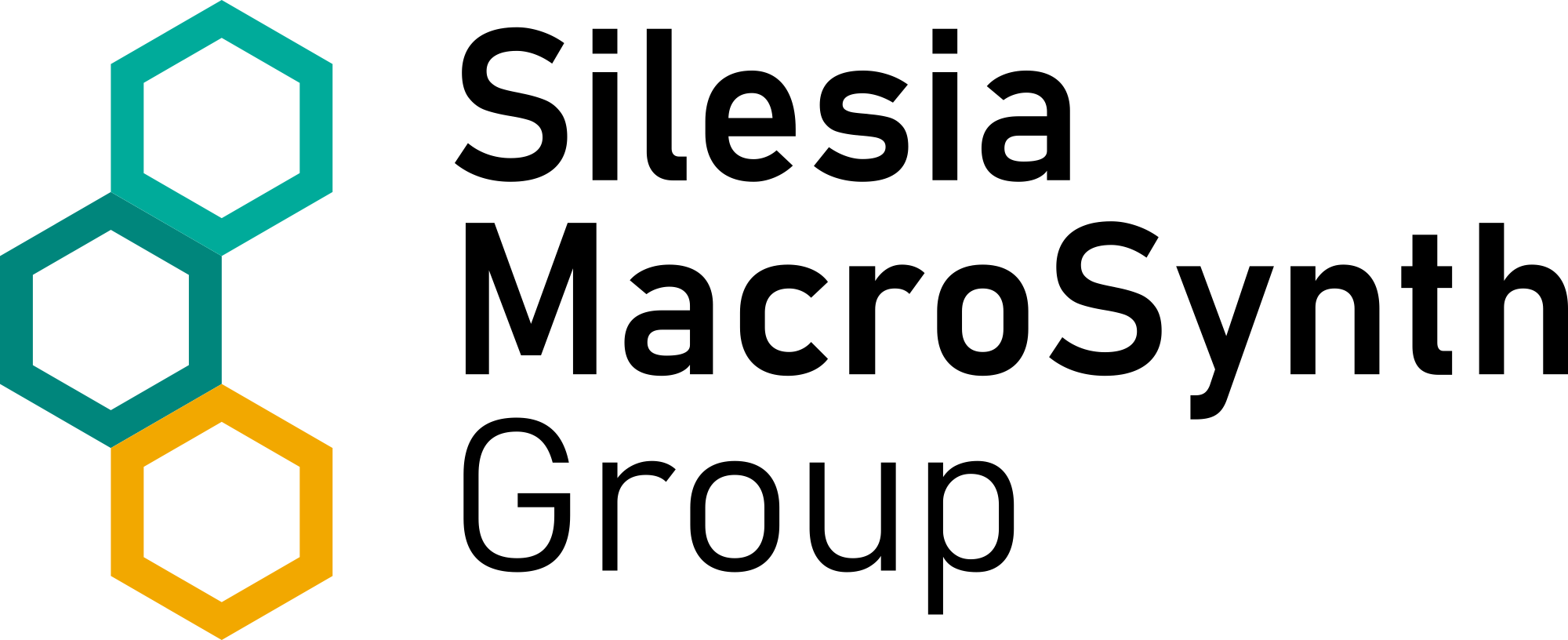The aim of the project is to develop an innovative analytical methodology for predictive evaluation of novel oral medicines. The market gap is the need to apply techniques enabling complex evaluation of medicines at the earliest possible stage of development. The synergy of the capabilities of consortium members will enable the development of a dedicated analytical platform for biopharmaceutical characterisation of novel medicines including:
- Revolver – a device for simulating the physicochemical conditions of the digestive tract
- novel methodology for bio relevant simulation of the application route
- explanation of the mechanism controlling the drug delivery of medicines on the molecular level
- dedicated and open software for biopharmaceutical evaluation of medicines
The novel methodology will shorten and rationalize the development and evaluation process of oral medicines and analysis of high potent and hazardous drugs. The key product innovation will be the Revolver device supported by a cutting edge open access hardware and software platform for automation, data acquisition, communication with laboratory information management systems and pharmacokinetic calculations. The project also includes development, formulation and testing of oral dosage forms based on dedicated sugars and polymers. Both, novel formulations and excipients will also represent product innovations that will be developed in course of further R&D activities of consortium members. The target group for the methodology developed are large and medium-size pharmaceutical and biotech companies as well as research institutes involved in the development of innovative and generic medicines and dietary supplements. Implementation of the project results will take place first in the Republic of Poland, and then in an international markets. It will be realized in two basic ways: through the sale of an innovative device and in the form of a service -testing of medicines using the developed methodology.

